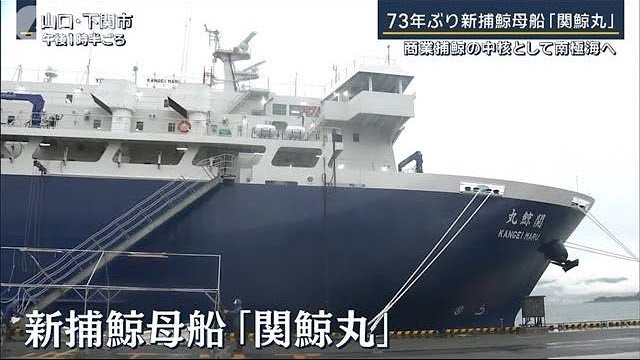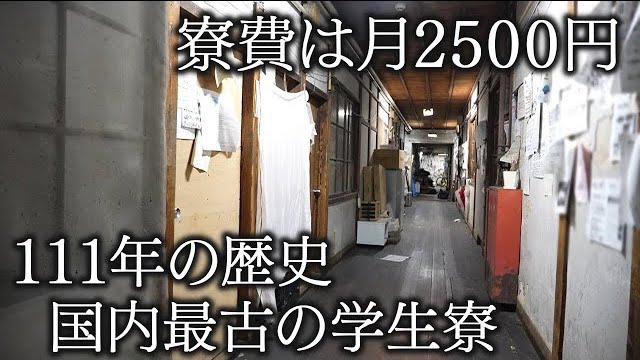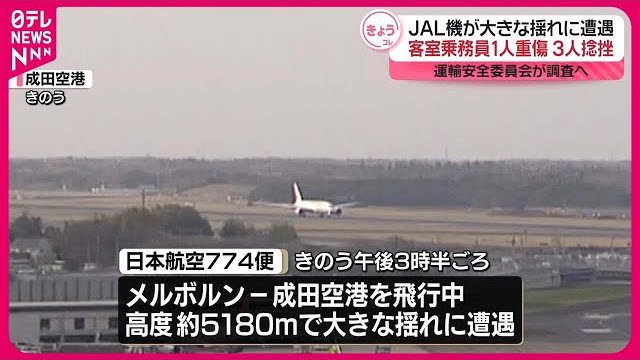It is common for films to inspire viewers to visit the locations of its memorable scenes and very few have done this to greater effect than Sofia Coppola's Lost in Translation.
Getting to the bottom of what is surprising about this 2003 film inspiring so many viewers to make the trip to Tokyo, is perhaps also a gateway to understanding why this movie connected with so many audiences around the world. It highlights the fact that no matter your circumstances, you can easily feel as if you are inhabiting some sort of purgatory on earth.

In one particular scene, they find themselves entering an authentic Pachinko parlour, a type of Japanese casino where locals use the popular mechanical arcade game as a gambling device. These casino parlours are notorious in Japan for their bright lights and noisy sound design. The pair are instantly drawn in to the hypnotic soundscape of the parlour and are soon reminded exactly where they are. Gambling is popular in Japan and many locals play in a オンラインカジノ, which translates as online casino, when they want to enjoy their favourite pastime. For the pair, experiencing the otherworldly feeling of Japanese culture allows them to better understand their position in their own.
This is just one example of how the film uses the location of Tokyo to highlight a feeling of uncertainty as well as to illustrate how travel can serve as the perfect vehicle to gain some kind of perspective on the matter. So, lets a closer look at how this film about the chance meeting of two lost souls in Japan has inspired the world to find themselves on the streets of Tokyo...
A Relatable Tale
The film tells the story of the meeting between two Americans in the heart of Tokyo, Japan. One, Bob Harris, played by the brilliant Bill Murray, a movie star who is in town to star in an advertisement promoting a local whisky and, the other, Charlotte, a recent Yale University graduate who tagged along on her husbands work trip. They are both at opposite ends of the scale in terms of their age and where they are in their careers, yet they manage to forge an unlikely bond over their unspoken feeling of pointlessness.
The Location as a Character
While the aforementioned bond is the foundation of the film, Tokyo is most definitely the third most important character in this tale. People travel for a variety of reasons, but perhaps one of the biggest motivators for undertaking a trip is the opportunity to discover something new about oneself through the lens of another culture. This is most definitely the case in Lost in Translation.
They find solace in the lounge bar of the hotel, however, it does nothing to pull them out of the lost state they find themselves in. It is only when they venture out on to the streets of Tokyo, embracing the neon lights and immersing themselves in the symphony of chaotic sounds that they begin to discover some resemblance of a reminder of how life can be beautiful. They are adrift in Tokyo, surrounded by the alien Japanese culture, the perfect metaphor for how they feel back home in America and in life in general. It has taken them travelling to the other side of the world to regain the motivation to embrace their surroundings, a fantastic illustration of the possibilities that travel can bring.
The Long Way Round
Whether it is the Pachinko parlour, the karaoke bar or the bustling streets of the world famous Shibuya Crossing, this film allows us to go on a journey with Bob and Charlotte as they open up and discover themselves on the streets of Tokyo. It is the feeling that we are experiencing the world as they do and the relatability of feeling uncertain about the path we are on that has inspired so many to join these two in an attempt to discover themselves by embracing all that Tokyo has to offer, even if it means getting lost along the way.







